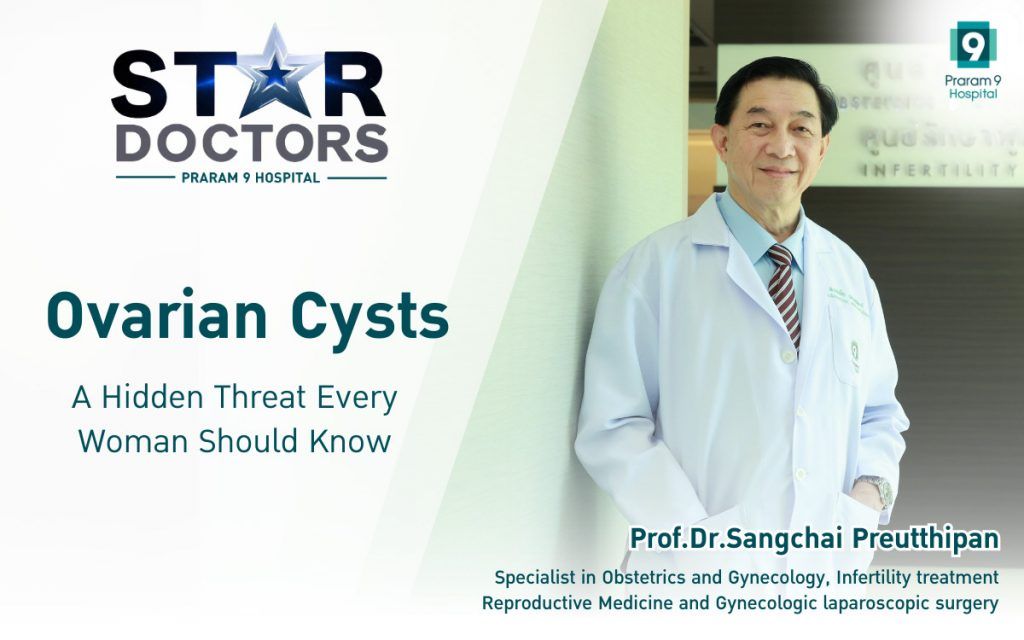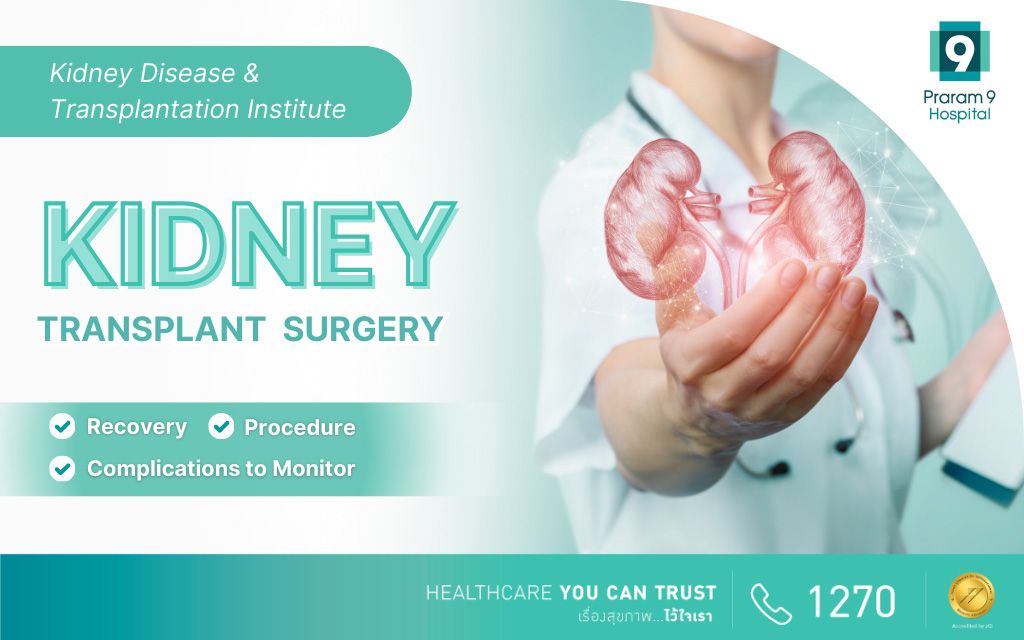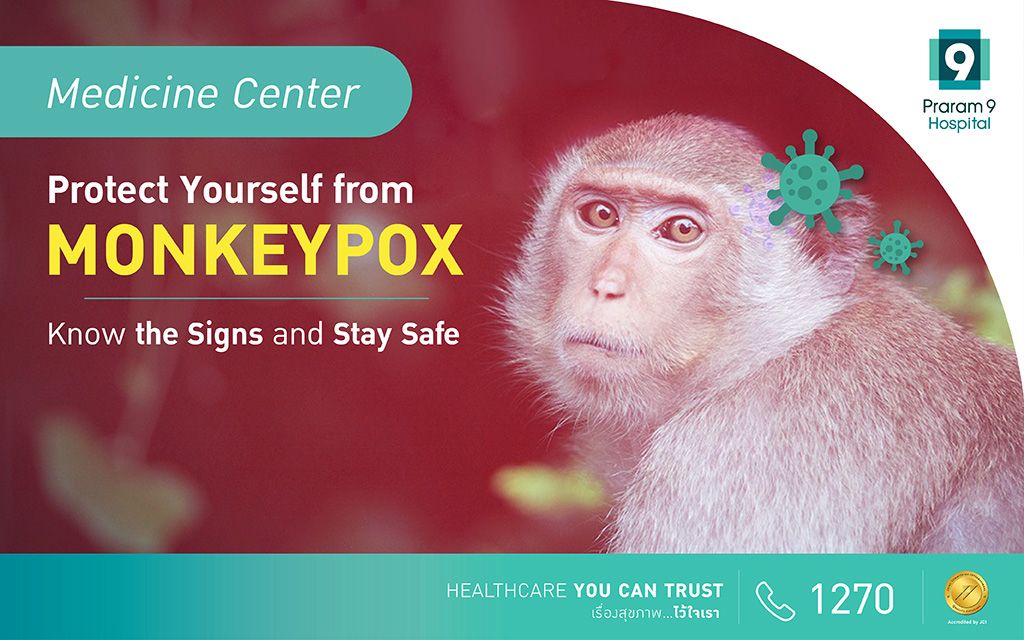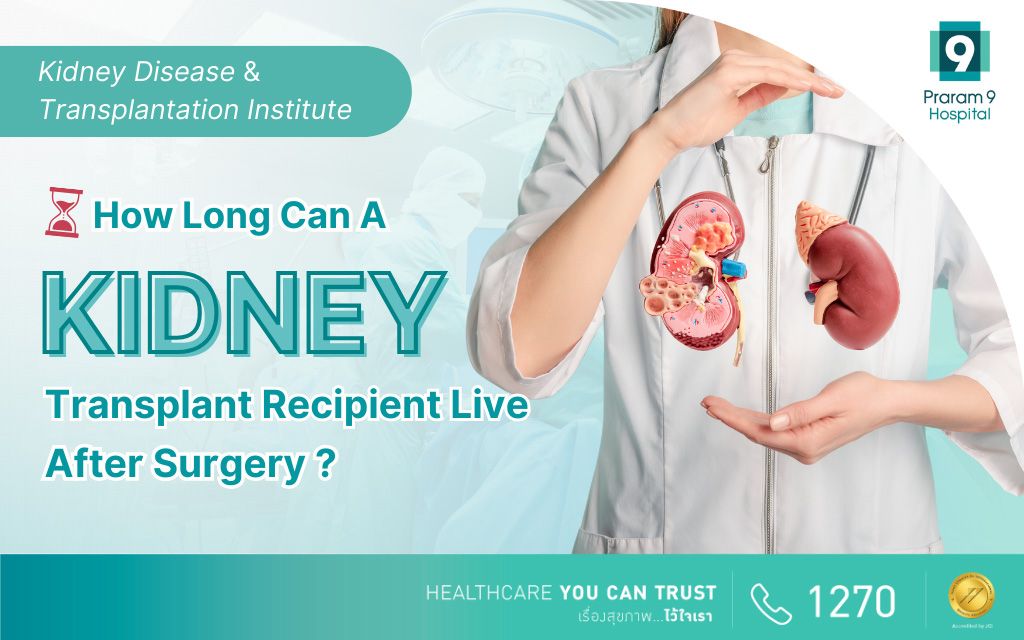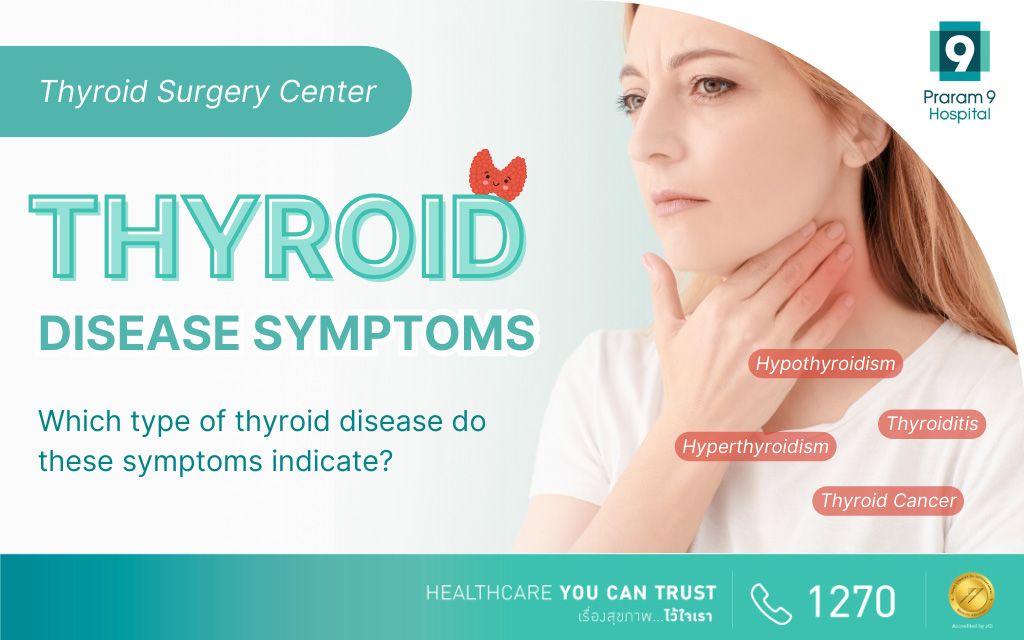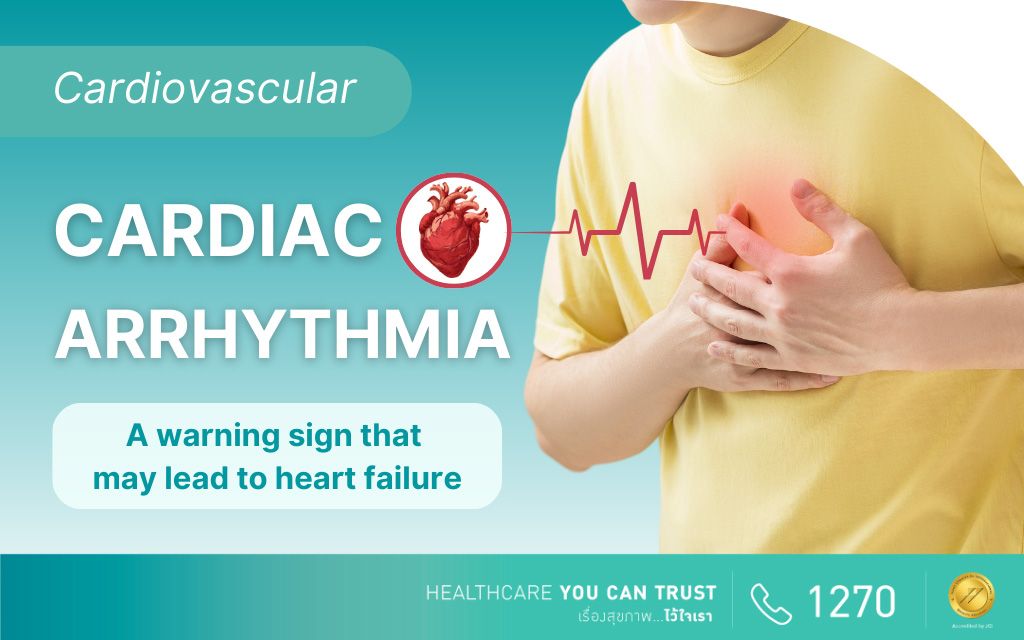Health Articles
Knowledge
6 addtional risk factors that may increase your risk of colorectal cancer
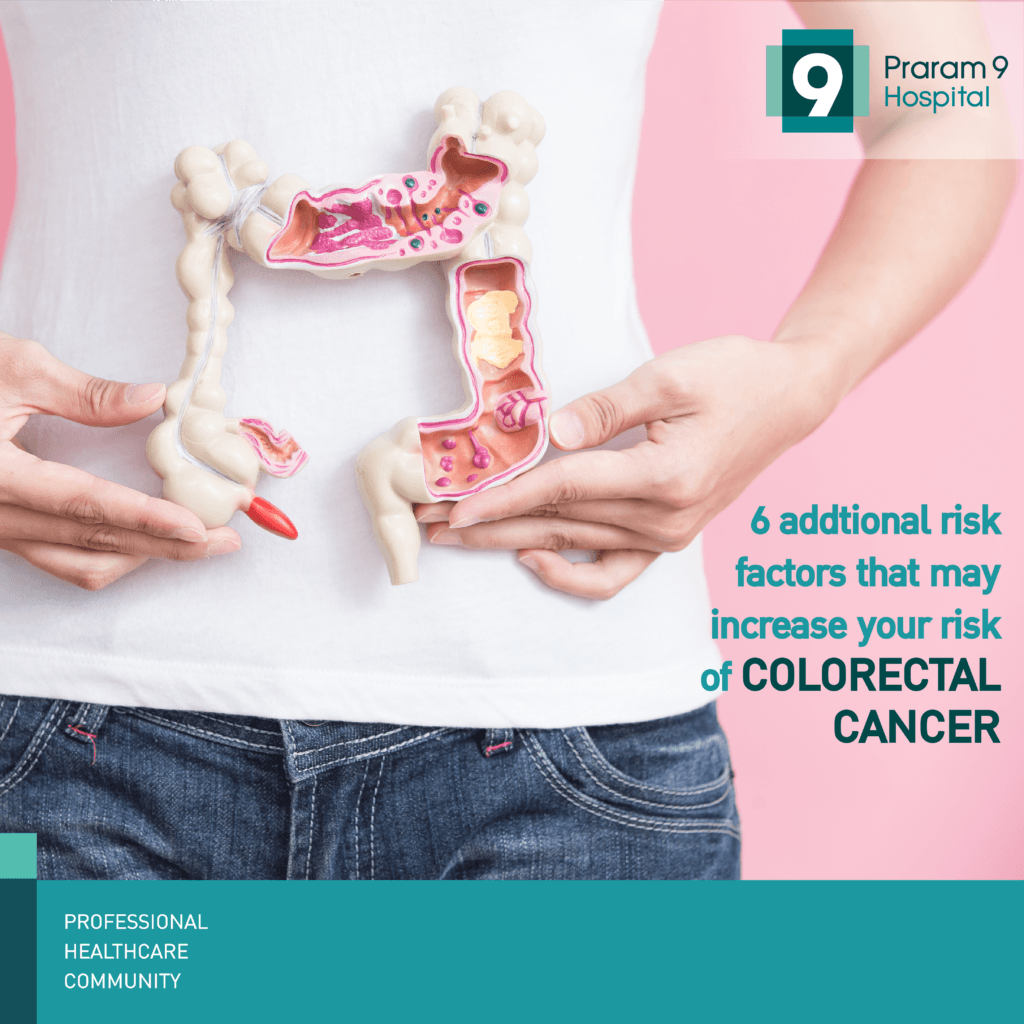
What can you do to lower your risk of colorectal cancer
What is colon cancer?
Colon cancer is a type of cancer found in the large intestine in our digestive tracts. It can start of as a tumor and develop into a serious cancer overtime. Symptoms of colorectal cancer includes abdominal pain, cramps, general discomfort abdominal area around and stool with blood from bleeding in the colon. Furthermore, the cancer can silently spread to other organs as the tumor develop, causing symptoms relating to other organs such as live and lung to develop as well. We will discuss the factors that may increase your risk of colorectal cancer that you should be aware of.
Here are 6 additional risk factors that may increase your risk of colon cancer:
- People of African-Americans race have a higher risk of colon cancer compare to people of other races.
- Your risk of colon cancer will be greater if you have inflammatory intestinal conditions such as ulcerative colitis and Crohn’s disease which are the chronic inflammatory diseases of the colon.
- Some gene mutations are passed on through generations which can significantly raise your chance of getting colon cancer. FAP (Familial adenomatous polyposis) and Lynch syndrome, also known as HNPCC (hereditary nonpolyposis colorectal cancer), are the most common inherited syndromes that increase the risk of colon cancer. However, only a small percentage of colon cancers are linked to inherited genes.
- Smoker may have an increased risk of colon cancer.
- Heavy consumption of alcoholic beverages will increase your risk of colon cancer.
- Radiation therapy for cancer. Radiation therapy directed at the abdomen to treat previous cancers increases the risk of colon cancer.
Some factors are unavoidable as they are uncontrollable or inherited, however, you can still reduce your risk of getting colon cancer through taking better care of yourself with healthy food choices and regularly incorporate physical activities in your life. Also, routine making appointment with your doctor for screening can help you detect the cancer early, if present, in order to be prepared and take action for quick and effective treatment.



